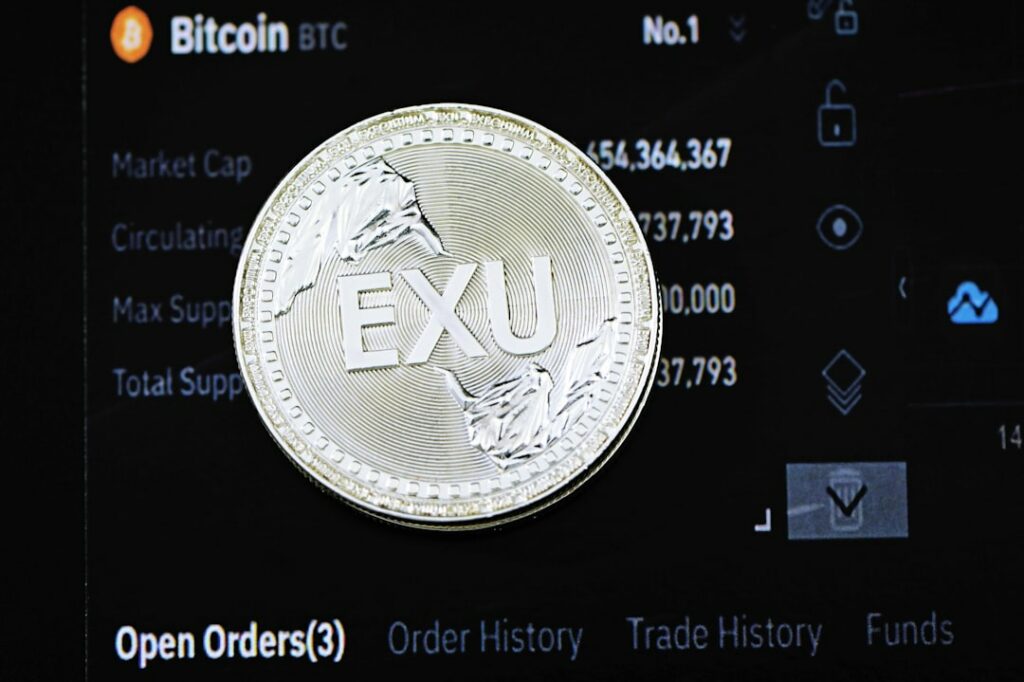Sell Coins on eBay: A Beginner’s Guide
Step 1: Prepare Your Coins for Listing
Clean and Photograph Your Coins
Resist the urge to clean your coins unless you are an expert in numismatic conservation, as improper cleaning can significantly decrease their value. For most collectors, a gentle wipe with a soft, lint-free microfiber cloth (like those used for eyeglasses) is the absolute maximum, and only if the coin is not a proof or uncirculated specimen. Focus instead on excellent photography. Use a macro lens or a smartphone with a dedicated macro mode. Position your coin on a neutral, non-reflective background (a plain black or white felt cloth works well). Use diffused, even lighting from multiple angles to minimize shadows and glare. Natural indirect sunlight is often best. Take clear, high-resolution photos of both the obverse (front) and reverse (back), as well as the edge if it has unique features (e.g., reeding, lettering). Capture any significant details like mint marks, dates, or errors. Aim for at least 4-6 photos covering all angles and important features.
Research Coin Value and Authenticity
Before listing, accurately assess your coin’s potential value and ensure its authenticity. Start by identifying the coin’s type, country of origin, denomination, date, and mint mark. Use reputable online resources like PCGS (Professional Coin Grading Service), NGC (Numismatic Guaranty Corporation), and CoinFacts to research historical sale prices for similar coins in comparable condition. Consult printed price guides such as the “Red Book” (A Guide Book of United States Coins) for U.S. coins. Pay close attention to the coin’s condition; even minor wear can drastically affect value. If you have any doubt about a coin’s authenticity, especially for high-value items, consider sending it to a third-party grading service like PCGS or NGC. A slabbed (graded and encapsulated) coin often fetches a higher price and provides buyer confidence.
Step 2: Create an Effective eBay Listing
Write a Compelling Title and Description
Your eBay title is crucial for search visibility. Include essential keywords: “Coin,” the country (e.g., “USA,” “Great Britain”), denomination (e.g., “Silver Dollar,” “Penny”), date, and any significant features like “Error,” “Proof,” “Uncirculated,” or “Rare.” For example: “1881-S Morgan Silver Dollar ANACS AU58 US Coin – High Grade Collectible.” In the description, expand on the title. Start with key details, then provide a comprehensive account of the coin’s condition, including any visible flaws (scratches, toning, rim dings). Mention its historical significance if applicable. Use bullet points for readability. Clearly state if the coin has been graded by a third party and include the grade. Disclose if the coin has been cleaned (even if by a previous owner) as this can impact value. Be honest and transparent to build buyer trust and prevent returns.
Set Your Pricing and Shipping Options
Based on your research, decide on your pricing strategy. For common coins, a “Buy It Now” (BIN) price slightly above recent auction sales is often effective. For rarer or higher-value coins, an auction format with a reasonable starting bid (or no reserve) can generate excitement and potentially higher prices. Consider using “Best Offer” to allow negotiation, but set a minimum acceptable offer. For shipping, offer clear and competitive rates. For lower-value coins, USPS First Class Mail with tracking is typically sufficient. For higher-value coins (over $50-$100), strongly consider USPS Priority Mail or Registered Mail with signature confirmation and insurance. Clearly state your handling time (e.g., “Ships within 1 business day”) and any international shipping restrictions or fees. Specify if you combine shipping for multiple purchases.
Step 3: Manage Your eBay Sale
Communicate with Potential Buyers
Prompt and professional communication is key to successful sales and positive feedback. Respond to buyer questions quickly, ideally within a few hours. Be patient and polite, even if questions seem basic or repetitive. Provide additional photos if requested, but ensure they are consistent with the original listing. If a buyer asks for a specific detail, like the weight or diameter, provide it accurately. Clear communication helps build trust and can convert inquiries into sales. Avoid sharing personal contact information outside of eBay until a transaction is complete, as this violates eBay policy.
Handle Offers and Bids
If you’ve enabled “Best Offer,” review offers promptly. If an offer is too low, you can decline it, make a counter-offer, or let it expire. When making a counter-offer, aim for a price that is fair to both you and the buyer, leaving room for a slight negotiation. For auctions, monitor bids, but avoid interfering with the bidding process. If you have a reserve price, it will be automatically handled by eBay. Never bid on your own items or have friends/family bid to artificially inflate prices, as this is against eBay policy and can lead to account suspension. If a buyer wins an auction or accepts an offer, send an invoice promptly if one isn’t automatically generated by eBay.
Step 4: Ship Your Coins Securely
Package Your Coins Safely
Proper packaging is critical to prevent damage during transit. For individual coins, place them in a 2×2 mylar or archival-safe flip (not PVC), or a plastic coin slab/holder if graded. Wrap the holder in bubble wrap or place it in a small, rigid cardboard mailer. For multiple coins, secure each individually before grouping them. Place the wrapped coins inside a padded bubble mailer or a small, sturdy box. Add extra padding like crumpled newspaper or packing peanuts to prevent movement. Tape all seams securely with strong packing tape. Avoid packaging that looks like it contains coins on the outside, as this can attract theft. Do not write “coins” or “numismatic” on the package.
Choose a Reliable Shipping Method
Select a shipping method that balances cost, speed, and security. For most coin sales, USPS First Class Package Service with tracking is a good default for items under 13 oz. and lower value. For items valued between $50-$250, consider USPS Priority Mail, which includes tracking and limited insurance. For high-value coins (over $250), USPS Registered Mail is highly recommended. It is slower but offers the highest level of security and tracking, as it requires a signature at every transfer point. Always purchase shipping insurance for items above your comfort level for loss. Ensure you get a tracking number and upload it to eBay as soon as the item ships. Keep proof of shipment (e.g., a receipt from the post office) until the transaction is complete and feedback is received.
FAQs
Q: Should I get my coins graded before selling on eBay?
A: For high-value or potentially rare coins, professional grading by services like PCGS or NGC is highly recommended. Graded coins typically fetch higher prices and instill greater buyer confidence due to authenticated condition and authenticity. For common or low-value coins, the cost of grading often outweighs the potential increase in sale price, so it’s usually not necessary.
Q: What if a buyer claims the coin was damaged in shipping?
A: First, ask the buyer for clear photos of the damaged packaging and the coin itself. If you purchased shipping insurance, you’ll need this for a claim. Review your listing description and photos to ensure the damage wasn’t pre-existing. If genuine, work with the buyer on a return or partial refund, and then file a claim with the shipping carrier using your insurance. Always package securely to minimize this risk.
Q: Is it better to use “Buy It Now” or an auction format for coins?
A: It depends on the coin and your goals. “Buy It Now” (BIN) is good for common coins with established market values, allowing for quick sales. Auctions are better for rare, unique, or highly sought-after coins where competitive bidding can drive up the price. For items with uncertain value, an auction with a low starting bid (or no reserve) can help determine market demand. You can also combine BIN with a “Best Offer” option.
Q: How do I handle international buyers and shipping?
A: You can enable international shipping through eBay’s Global Shipping Program (GSP), which simplifies the process as eBay handles customs forms and international leg of shipping. Alternatively, you can offer direct international shipping, but be aware of higher costs, longer transit times, and complex customs regulations for different countries. Always declare the item’s true value on customs forms. Be mindful of import duties and taxes, which are typically the buyer’s responsibility.




